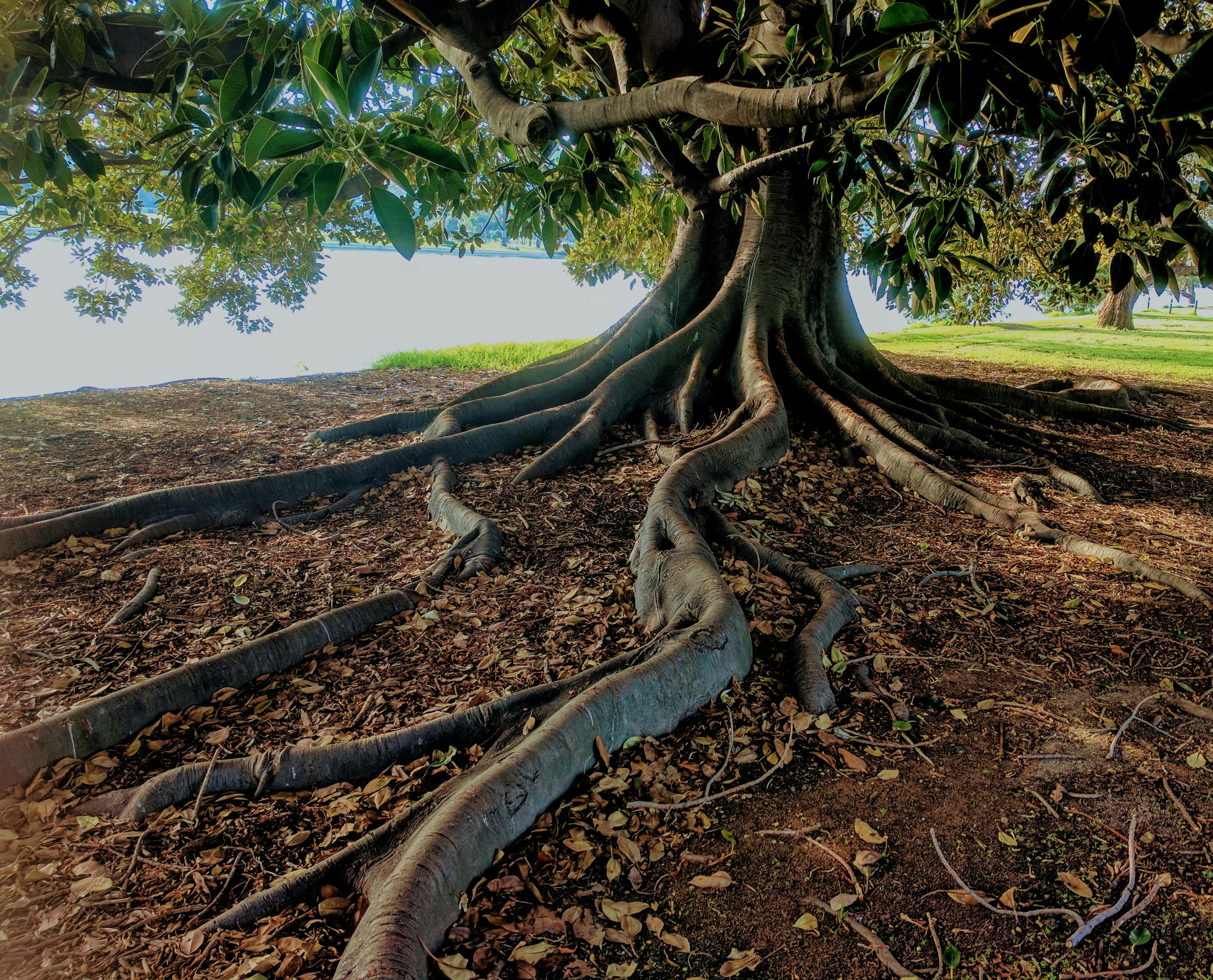Tree Felling: Safe Methods, Equipment, and Landscape Impact
Tree felling is the planned removal of a standing tree and requires assessment, technique, and the right equipment to reduce risk to people and property. Whether removing a hazardous limb or clearing space for construction, understanding how professionals evaluate tree health, choose felling direction, and protect the surrounding landscape is important before any work begins.

What is tree felling and how is it planned?
Tree felling refers to cutting and bringing down a tree in a controlled manner. Planning begins with an assessment of the tree’s size, species, structural condition, lean, and nearby obstacles such as buildings, power lines, or hardscape. A basic felling plan includes the intended fall direction, escape routes for workers, and a sequence for cutting. In many urban or suburban settings, a certified arborist or experienced crew evaluates the tree and confirms whether a full felling, sectional dismantling, or pruning is the safest option. Proper planning reduces the chance of damage to the tree if preservation is the goal, or to property when removal is necessary.
When is tree removal the right choice?
Tree removal becomes necessary when a tree poses a safety hazard, is extensively diseased or decayed, or conflicts with new construction. Symptoms that often indicate the need for tree removal include large visible cavities, major root damage, significant trunk cracks, or a sudden change in tilt. Tree removal can also be chosen for landscape redesigns or to improve light and airflow. Local services and municipal rules sometimes require permits for tree removal, especially for protected species or trees in conservation areas, so it’s important to check regulations in your area before proceeding.
How is a skid steer used in tree work?
A skid steer is a compact, versatile machine commonly used in tree work for tasks such as moving logs, hauling debris, and operating attachments like grapples or stump grinders. For example, a skid steer equipped with a grapple can safely pick up and sort cut branches and logs, reducing manual handling and speeding cleanup. Skid steers are especially useful on sites with limited access where larger machinery cannot reach. Operators should be trained and familiar with the machine’s load limits and stability considerations, since operating on slopes or near excavations increases the risk of tipping.
What other machinery supports safe tree felling?
Beyond skid steer use, several types of machinery support safe and efficient tree felling. Chainsaws are the primary hand tool for making directional fells and sectioning limbs. For larger forestry operations, mechanized equipment such as feller-bunchers, harvesters, and excavators with processing heads are used to cut, delimb, and buck trees quickly. Stump grinders remove roots and lower stumps to near ground level, while wood chippers convert branches into chips for disposal or mulch. The right machinery depends on tree size, site access, and environmental constraints; lower-impact equipment is generally preferred in delicate landscapes to reduce soil compaction and root damage.
How does tree felling affect the landscape and soil?
Tree felling changes landscape structure, light regimes, and soil conditions. Removing a tree opens the canopy, which affects shade-tolerant plants and can increase sunlight and temperature at ground level. Heavy machinery and repeated foot traffic can compact soil, harming remaining roots and reducing water infiltration. Best practices include protecting root zones of nearby trees, limiting machine movement, using matting or designated paths, and planning replanting or erosion control where needed. Stump removal decisions also affect the landscape: leaving a stump can provide habitat and slow soil disturbance, while grinding and removing a stump allow for new planting or landscaping features.
Conclusion
Effective tree felling balances safety, equipment selection, and landscape care. A clear assessment and plan, trained operators, and appropriate machinery such as skid steers and stump grinders help manage risk and minimize environmental impact. Considering local rules, site constraints, and follow-up actions for soil protection and replanting ensures that tree removal or felling aligns with both safety and long-term landscape goals.






